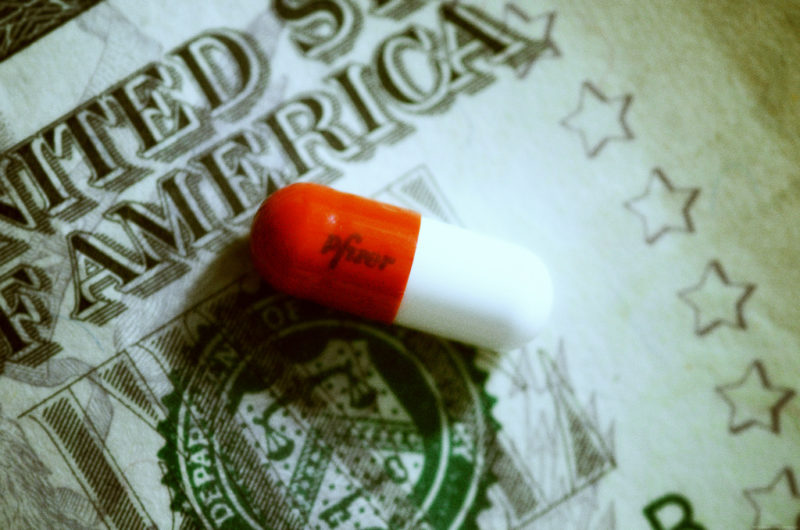
Looking at the pharmaceutical drug price comparisons between Canada and its Southern neighbour, an obvious question comes to mind: why are the prices so much higher in the U.S.? The answer is not quite as obvious, but one of the reasons is because Canada has the Patented Medicine Prices Review Board (PMPRB), a regulatory body that looks at prescription medications’ costs and effectiveness before deciding whether they may enter the Canadian market. In fact, all industrialized nations have established similar systems to control prices of prescription drugs, except the United States.
American pharmaceutical companies claim they are against such policies because “price controls stifle innovation”. However, when industry representatives were asked for examples of such limitations, they were hard-pressed to find any. Ultimately, they identified just eight drugs, three of which are contraceptives, that are available in the U.S. but not in Canada.
Another restriction hindering price drops is the inability of U.S. healthcare providers to negotiate with Big Pharma. Medicaid is the largest buyer of pharmaceuticals in the U.S., yet cannot use this advantage to bargain for discounts since it is against the law to negotiate prices with pharmaceutical companies. Once again, this is not the case in other developed countries, Canada included.
So, if healthcare organizations cannot get domestic pharmaceutical companies to lower their drug costs, it is only logical for them to look elsewhere. Since the same medications are available for a discounted price in Canada, importing them would ease the strain on Americans’ wallets. Senator Bernie Sanders’ recent Drug Pricing Amendment would have achieved this, but it did not pass Senate, partially due to Big Pharma’s involvement.
Pharmaceutical Research and Manufacturers of America (PhRMA) represents the pharmaceutical industry and lobbies against drug importation in Washington. The organization’s website summarizes its anti-importation argument, maintaining that foreign medications may not reach U.S. standards, so, for everyone’s safety, they should not be allowed into the country.
The safety excuse is essentially that—an excuse. A majority of the Canadian imports would actually be of drugs manufactured in the U.S.; it would be less expensive to purchase them at the Canadian price point and pay additional import fees than buying them directly from Big Pharma companies. In addition, since Canada’s regulatory body PMPRB oversees the domestic prescription drug market, Canada arguably makes more of an effort to ensure it provides safe pharmaceuticals than the U.S. does.
The U.S. prescription drug importation debate is one that will not likely be resolved anytime soon, as long as Big Pharma has a say in it, but the fact that importing pharmaceuticals from Canada would lower U.S. prices significantly is not debatable.
For more on the Drug Pricing Amendment and why it failed, click here to read Part I of America’s War on (Imported Prescription) Drugs.
Cover Photo: Prescription Pill on Five Dollar Bill (2010), by David Goehring via Flickr. Licensed under CC BY 2.0.
Info-graph Data Source: 2013 Comparative Price Report (2013), by International Federation of Health Plans.
Info-graph Data Source: “Critical Condition: Cheaper in Canada” (2016), ABC News.
Disclaimer: Any views or opinions expressed in articles are solely those of the authors and do not necessarily represent the views of the NATO Association of Canada.




